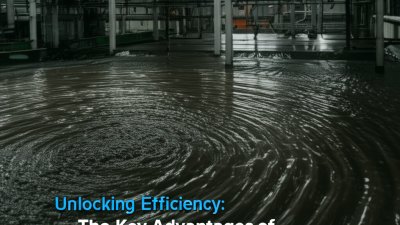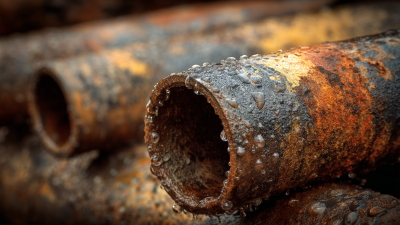

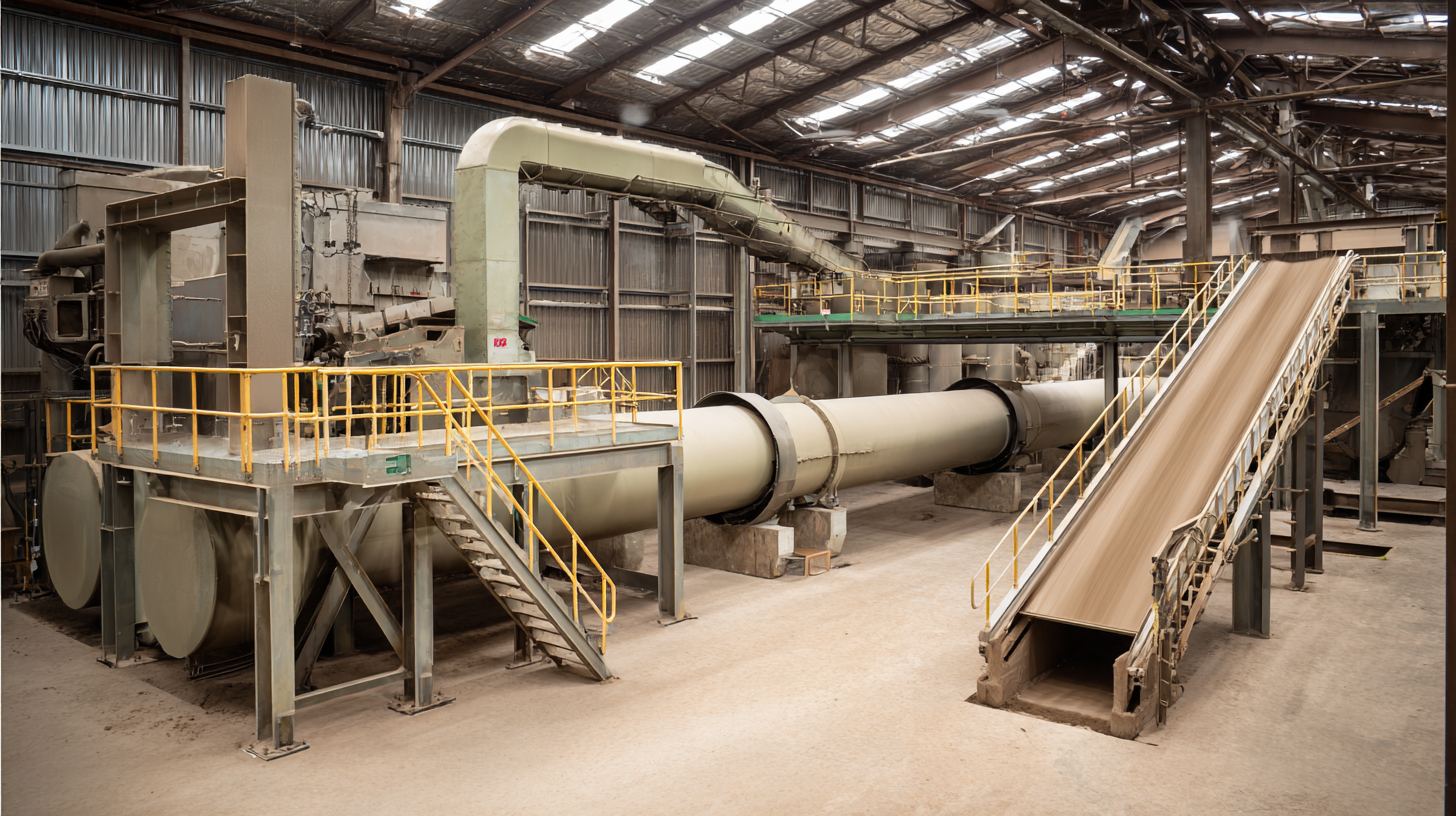 In the oil and gas world, managing wastewater efficiently isn’t just a good idea – it’s absolutely essential if you want to keep operations running smoothly and stay friendly to the environment. Sludge thickening and dewatering are pretty much cornerstones of this whole effort; they help companies cut down on the amount of sludge they need to handle and help keep disposal costs in check.
I recently came across a report from the World Bank that pointed out something kind of eye-opening – if you’re not careful with sludge management, your operational costs can actually shoot up by as much as 40%. That’s huge!
Luckily, companies like Shanghai Shangjiang Petroleum Engineering Equipment are leading the charge here. They’re constantly working on better separation and filtration tech tailored for the industry. Their focus on improving cyclone separation tech helps make sludge thickening and dewatering more efficient, which means staying compliant with environmental regs and saving money at the same time. Honestly, by using innovative solutions like these, oil and gas companies can really up their game in managing sludge. It’s a win-win – better for the planet and better for their bottom line.
In the oil and gas world, managing wastewater efficiently isn’t just a good idea – it’s absolutely essential if you want to keep operations running smoothly and stay friendly to the environment. Sludge thickening and dewatering are pretty much cornerstones of this whole effort; they help companies cut down on the amount of sludge they need to handle and help keep disposal costs in check.
I recently came across a report from the World Bank that pointed out something kind of eye-opening – if you’re not careful with sludge management, your operational costs can actually shoot up by as much as 40%. That’s huge!
Luckily, companies like Shanghai Shangjiang Petroleum Engineering Equipment are leading the charge here. They’re constantly working on better separation and filtration tech tailored for the industry. Their focus on improving cyclone separation tech helps make sludge thickening and dewatering more efficient, which means staying compliant with environmental regs and saving money at the same time. Honestly, by using innovative solutions like these, oil and gas companies can really up their game in managing sludge. It’s a win-win – better for the planet and better for their bottom line.
Sludge thickening is a pretty crucial step in wastewater treatment — it’s actually what helps make the dewatering process much more efficient. Basically, the idea is to bump up the amount of solids in the sludge, which cuts down on the water content. You know, this can be done in a few ways, like gravity thickening, centrifugation, or adding polymers. When you tweak and optimize this part of the process, facilities can get a better separation between the solids and water. That means lower operational costs and smoother running downstream, no doubt.
When it comes to waste management in the oil and gas industry, fine-tuning sludge thickening and dewatering processes is absolutely key to getting the most out of your operations. There are quite a few factors that play into how well dewatering works—things like the properties of the sludge feed, chemical treatments, and the kind of separation equipment you're using. I remember reading in a report by the American Society of Civil Engineers that if you’re using the right flocculants, you can really boost performance—sometimes increasing the solid content in the sludge by anywhere from 20% to 50%. Pretty impressive, right?
Here at Shanghai Shangjiang Petroleum Engineering Equipment Co., Ltd., we’re all about improving how we separate and filter stuff crucial for the oil and gas world. Our cyclone separation products are a great example of that commitment—we’ve seen data showing they can reach over 95% efficiency in separating solids from liquids, at least under the right conditions. By constantly working on better techniques and smarter equipment, we aim to help our industry friends cut down on waste and save money, especially by making dewatering systems work more efficiently and cost-effectively.
So, when it comes to making wastewater treatment a bit more efficient, companies are coming up with some pretty cool new tech to improve how we handle sludge thickening and dewatering. One of the neatest advancements? Using advanced polymers that help the sludge clump together better and dry faster. These special polymers don't just grab more water—they also cut down on the energy needed to get the job done. If treatment plants pick the right chemicals and use the right amounts, they can end up with drier sludge and a better end product overall.
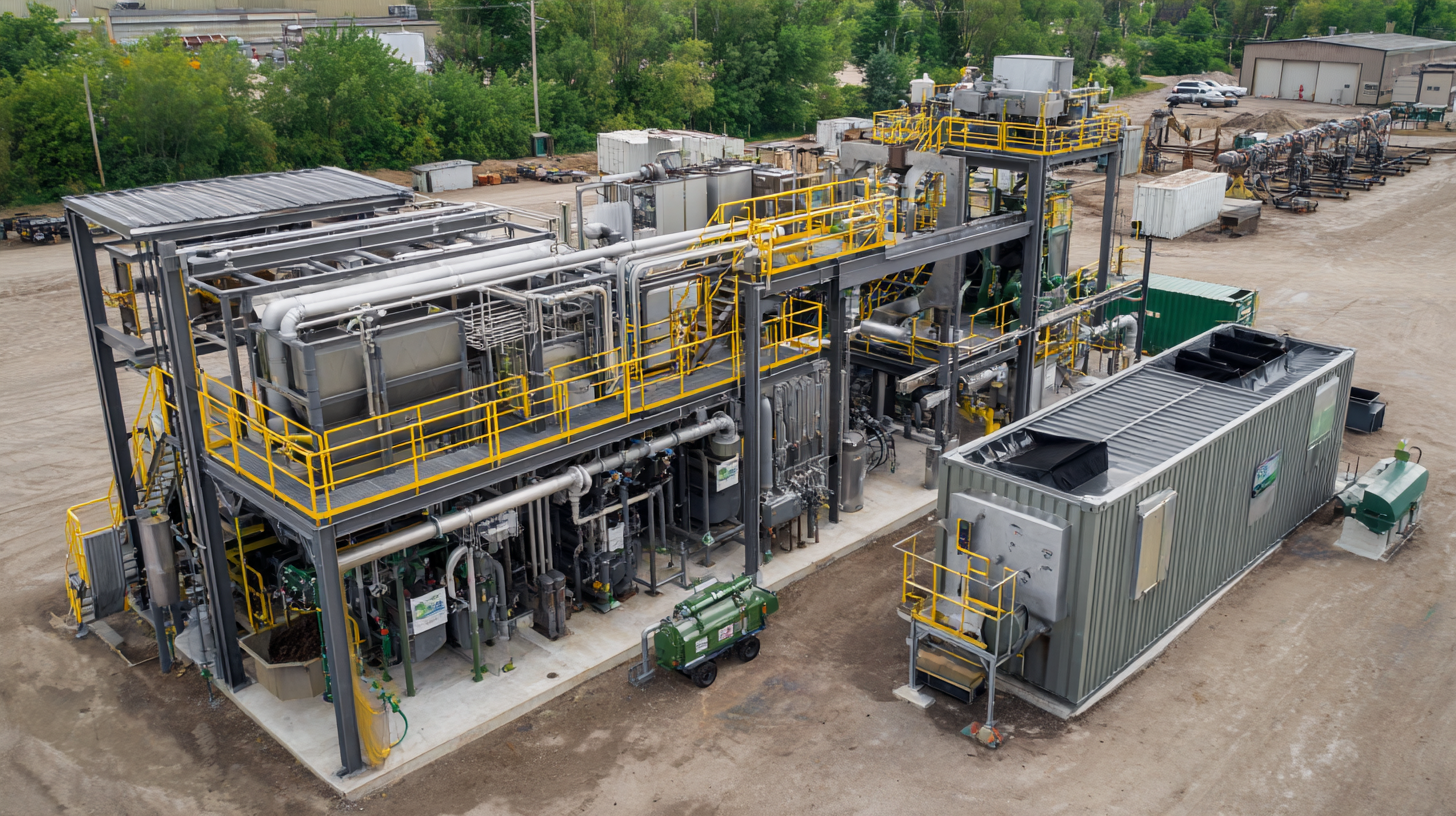
And there's more! Some plants are starting to use mechanical dewatering gear—like centrifuges and belt filter presses—together with smart automation controls. These systems can tweak their operations on the fly, based on what's actually happening with the sludge. So, if the sludge changes or flow rates jump, they can respond instantly. It’s pretty clever because it helps reduce waste, keeps things running smoothly, and makes sure the plant is working at its best. By going for these kinds of innovations, wastewater treatment setups not only work more efficiently but also help the environment by saving energy and cutting down on sludge disposal costs. Pretty exciting stuff, right?
Taking good care of your sludge thickening equipment is really important if you want everything to run smoothly and consistently. It’s a good idea to do regular inspections—nothing beats catching issues like wear and tear early on. Keep an eye out for corrosion, leaks, or any mechanical problems that could slow things down. Getting those repairs done promptly can save you a lot of headaches and money down the line, plus it keeps your equipment performing at its best.
Here’s a little tip: set up a regular maintenance schedule that covers all the key parts like feed pumps and mixers. This way, you’ll ensure everything’s working properly and catch any hiccups before they become big problems. Also, keeping a detailed log of all maintenance activities can really help you spot patterns or potential issues early.
On top of that, making sure your equipment’s settings are spot-on is super important for maintaining efficiency. You want the thickening parameters to match the type of sludge you’re dealing with. That usually means keeping an eye on solids levels and fine-tuning chemical doses as needed.
Tip: Consider using real-time sensor data to tweak your equipment settings on the fly. This kind of proactive, feedback-driven approach not only boosts how well your dewatering process works but also helps your machinery last longer.
Keeping an eye on how efficient dewatering operations are—like, actually measuring and monitoring—is super important if you want to get the most out of your sludge thickening and dewatering processes. Using cool tech, like deep learning, lets you get real-time guesses on how moist the sludge still is. And honestly, that can make a huge difference because you can tweak your strategy on the fly, saving resources and energy, and cutting down on unnecessary costs and environmental damage.
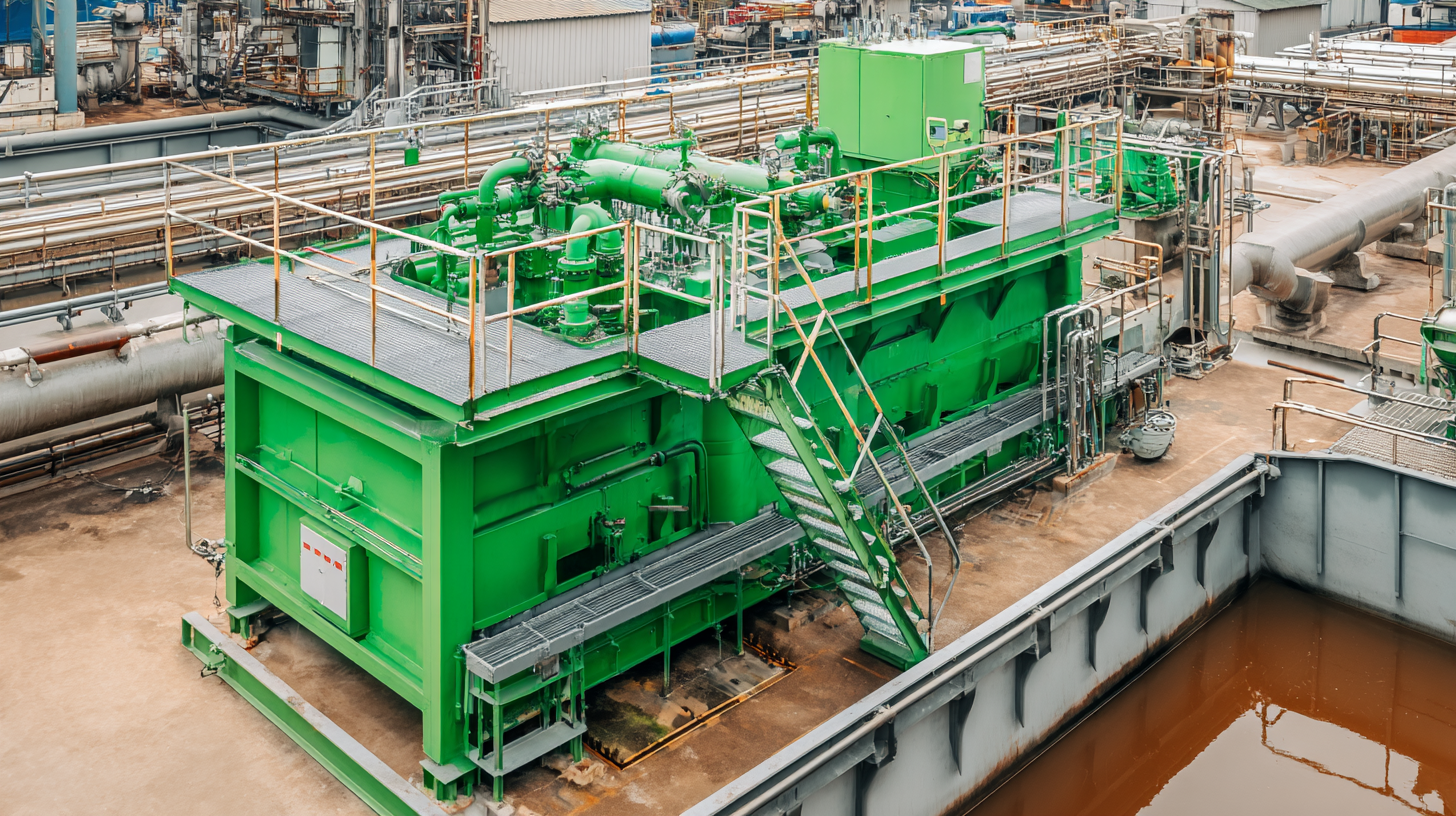
A few tips to make your monitoring smoother? Regularly calibrate your sensors—don't forget that! And if you set up automated systems to gather data, it’s a game changer. Not only does that cut down on mistakes, but it also keeps a constant eye on how things are going. Plus, bringing in AI can really help simplify decision-making because it sifts through tons of data to find patterns or problems that might not be obvious at first glance.
Oh, and don’t forget about groundwater monitoring—especially if you're working in tricky environments like hot, dry areas. For example, recent studies on sludge treatment reed beds in such climates show how crucial it is to have strategies tailored to the specific conditions. Basically, you need to stay adaptable and have detailed measurement protocols to keep things sustainable and effective in managing sludge without messing up the environment.
When it comes to improving how we handle sludge and cutting down operational costs, wastewater treatment plants are really starting to get creative. Recent studies show that taking a plant-wide approach makes a huge difference—mixing and matching different sludge management strategies can actually lead to big wins for both the environment and the bottom line. For example, in Australia, a life cycle assessment found that treating sludge more efficiently can boost energy balances and bring some serious economic benefits. It really highlights that sludge isn’t just waste—it’s also a potential energy source and a pollutant, all rolled into one.
Plus, advanced control tools are becoming super important for making sludge thickening more effective. These tools help plants run on their own energy, which is pretty awesome. By using dynamic models to track carbon emissions, plant operators can plan smarter moves toward reducing their carbon footprint during sludge treatment. On top of that, applying circular economy ideas—like turning sludge into activated carbon—can really improve how well harmful substances are removed. These innovative strategies aren’t just about saving money; they’re also about making these facilities more sustainable and environmentally responsible. It’s exciting to see how these advancements are pushing wastewater treatment plants toward being more efficient and eco-friendly.
| Parameter | Current Value | Optimized Value | Potential Savings (%) |
|---|---|---|---|
| Dewatering Sludge Volume (m³/day) | 500 | 400 | 20 |
| Polymer Usage (kg/day) | 150 | 100 | 33.3 |
| Electricity Consumption (kWh/day) | 2000 | 1600 | 20 |
| Operational Costs ($/day) | 2500 | 1800 | 28 |
: Key factors influencing dewatering performance include feed characteristics, chemical conditioning, and the type of separation equipment used.
Optimal flocculant use can improve dewatering effectiveness, potentially increasing solid content from sludge by 20% to 50%.
Cyclone separators can achieve a solid-liquid separation efficiency of over 95% under ideal conditions.
Monitoring efficiency is crucial for optimizing sludge thickening and dewatering processes, allowing for timely adjustments that enhance operational effectiveness.
Advanced technologies, such as deep learning, can provide real-time predictions of sludge moisture content, optimizing resource use and minimizing costs.
Tips include regularly calibrating sensors, utilizing automated data collection systems, and incorporating artificial intelligence to analyze data for trends and inefficiencies.
Robust groundwater monitoring is essential in areas with environmental challenges to ensure effective sludge management and sustain operational efficiency.
Operations must adapt to context-specific strategies and implement comprehensive measurement protocols to maintain effectiveness in changing environmental conditions.
When it comes to making waste management more efficient — especially in the oil and gas world — fine-tuning stuff like sludge thickening and dewatering really matters. Getting a good grip on how sludge thickening works can actually make a big difference — like better separation and cutting down on the volume. There are a bunch of key factors that affect how well dewatering goes, and it’s pretty clear that keeping equipment in top shape plus embracing new tech can seriously boost your sludge processing game.
At Shanghai Shangjiang Petroleum Engineering Equipment Co., Ltd., we’re proud to be pushing the envelope with some pretty innovative separation and filtration tools, specifically designed for oil and gas applications. We're focusing a lot on improving technologies like cyclone separation to make sludge thickening and dewatering more efficient. By sticking to best practices and always keeping an eye on how things are running, companies can not only operate more smoothly but also save a good chunk of money on sludge management stuff.

